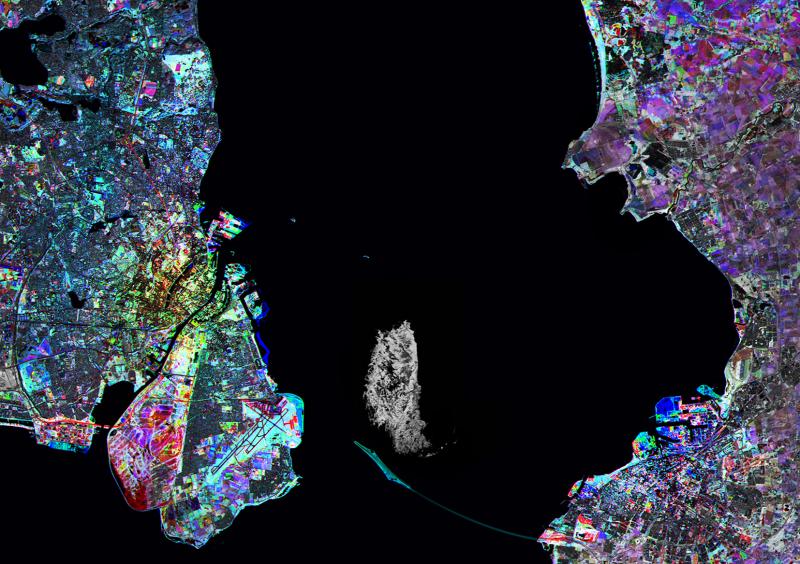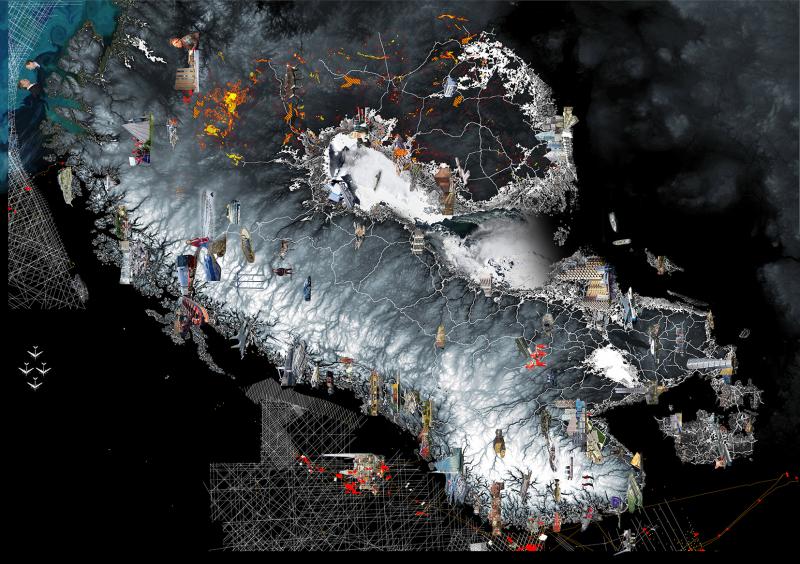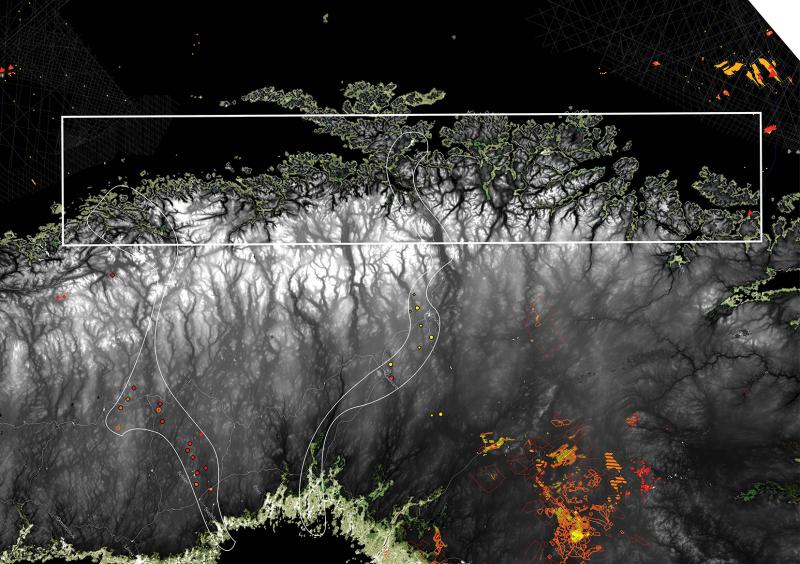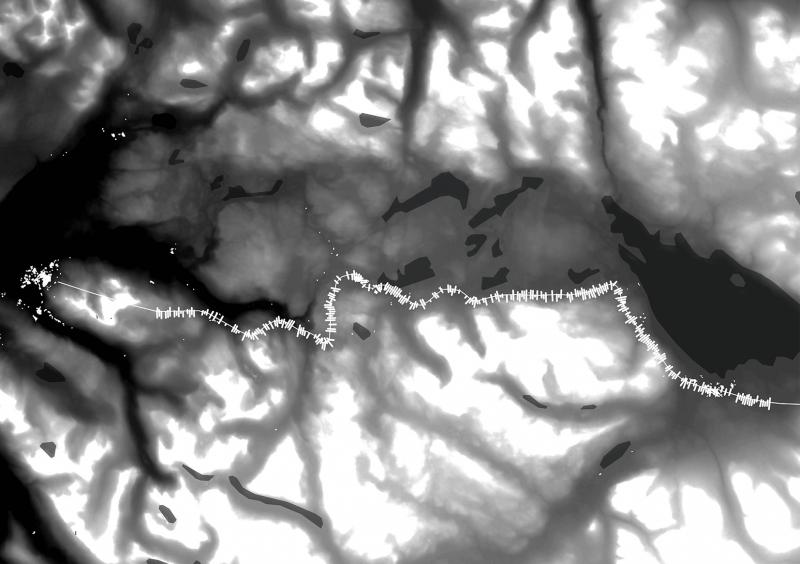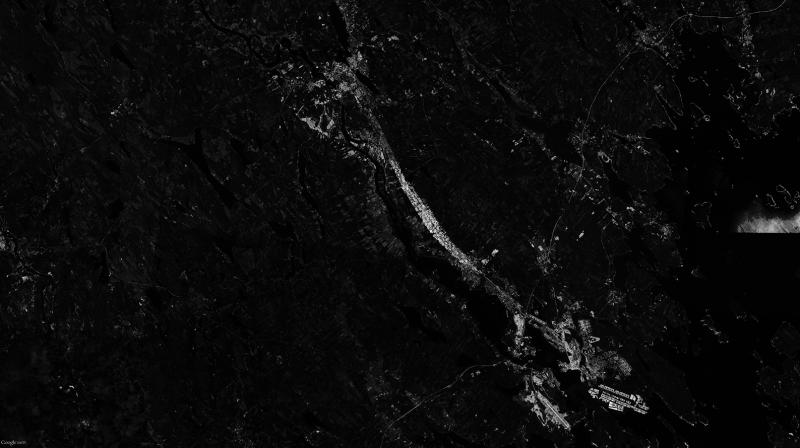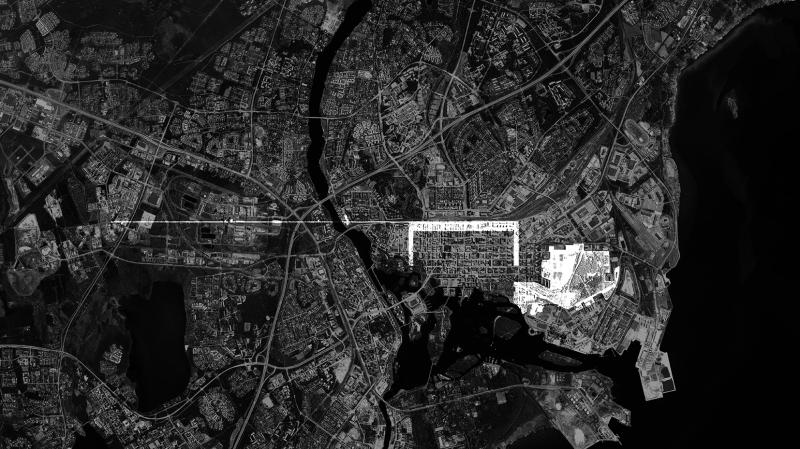Images of the Nordic Model
On the left is a regular day on July 2011 Oslo, moments before the Oslo attack. On the right is Jan Gehl giving a lecture on cities and people. What is in common in both is notion of how the Nordic model manifested through the idea of an image.
The focus of the research arise from the curiosity that seeks to trace and understand what constitute this image of the Nordic model. Beyond the egalitarian society that comprises a universal distributed amenities, good quality of life and strong labour market, what are the elements that constitute this image of the model/ why do others countries have to learn from them. Why are they trying to export it?




